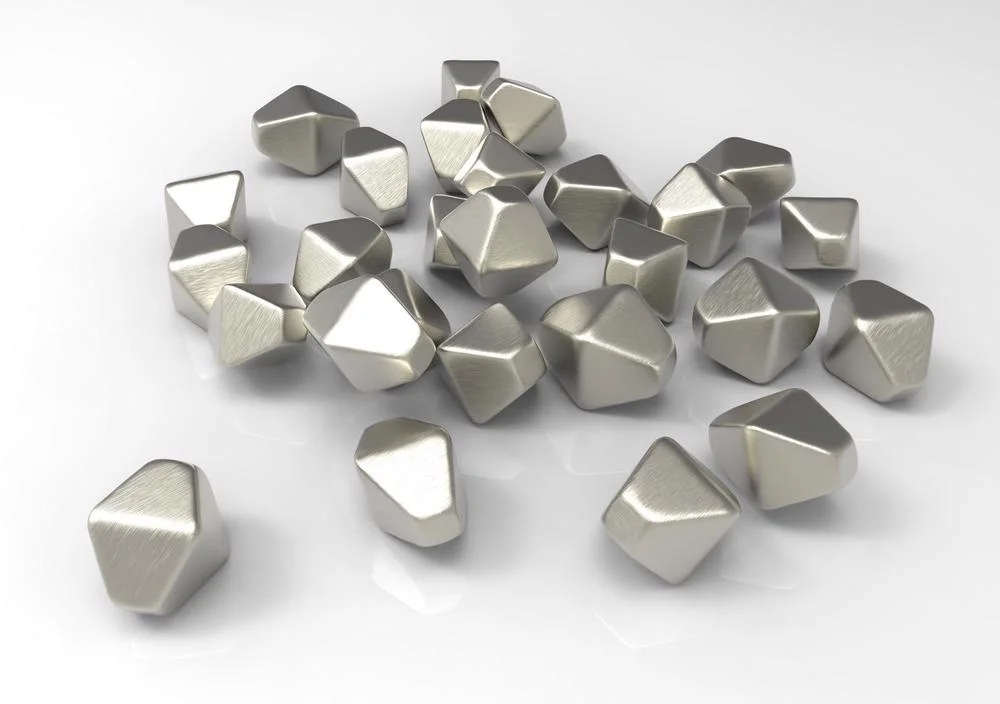
Fecha: 2 de Junio de 2022.
Hora: 12:30 a 13:30.
Lugar: Aula B01.
Ponente: Jesús Gerardo Guerrero Félix (Universidad Autónoma de Sinaloa y Universidad de Granada).
Organiza el Grupo de Física de Fluidos y Biocoloides de la UGR.
Nanostructuring of surfaces can enhance their optical, mechanical, magnetic, catalytic, and other properties. The optical enhancement in photovoltaic devices results into a higher energy efficiency by decreasing the reflectivity and increasing the amount of light that the device can harvest [1]. Currently, there are different techniques to fabricate these nanostructures [2], one of them is the Soft Colloidal Lithography. This technique consists in the self-assembly of a monolayer of microgels, nanoparticles composed of hydrogel, at the water/air interface using a Langmuir trough. After that, this monolayer is deposited on a solid substrate, in our case on a silicon wafer [3]. This deposited monolayer acts as a template when the substrate is immersed in a dispersion of inorganic nanoparticles and the nanoparticles are deposited between the microgels. With this technique, several structures can be created by double depositions of microgels on the substrate. The first microgel monolayer acts as a template where the microgels of the second monolayer rearrange to occupy interstitial positions [4].
In this work, we show the results obtained using titanium dioxide nanoparticles (TiO2) with a diameter of 78 nm with the Soft Colloidal Lithography technique. We characterized the surfaces by means of Atomic Force Microscopy and by performing diffuse reflectance measurements in order to find if they are able to enhance the diffusivity of the substrates, with potential impact on the energy harvesting of photovoltaic devices.
[1] Matthew C Beard et al., Nature nanotechnology 9.12 (2014), pp. 951–954.
[2] Injeti Gurrappa et al., Science and Technology of Advanced Materials (2008).
[3] Miguel Ángel Fernández-Rodrıguez et al., Nanoscale 10.47 (2018), pp. 22189–22195.
[4] Fabio Grillo et al., Nature 582.7811 (2020), pp. 219–224.




